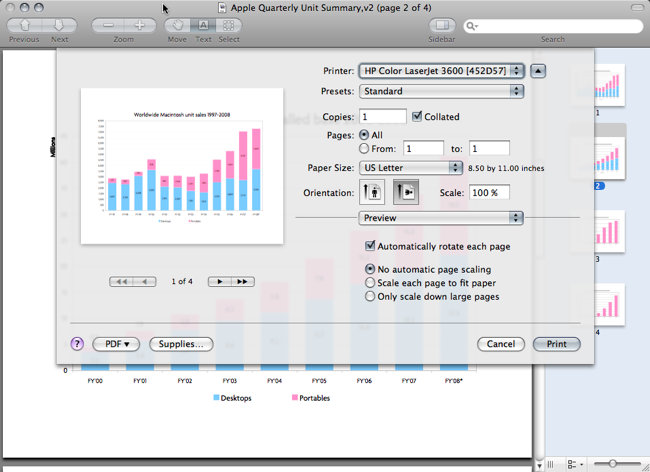Delving into Leopard’s /Developer folder shows that Apple has spent a lot of time writing sample apps for developers to play around with to get to grips with the massive number of additions. In particular, a lot of work has clearly gone into Quartz Composer, whose headline feature is support for custom patches, including those written in GLSL.
Here’s some examples of some of the sample compositions that make use of the iSight camera:




I think the last one, called “Security”, was included as a screensaver in some of the earlier development builds. There’s a surprising amount to be found in the developer tools!
On the subject of Quartz Composer, Leopard now includes a large number of “default” compositions in /System/Library/Compositions/. I’m not sure what these are for, but they seem to encompass a lot of image units embodied in QC compositions. The new iTunes visualisers are also in there, along with all 40 Mb of Photo Booth movies. I was a little surprised by that, as obviously it means you can’t free up that 40 Mb of space by just deleting PhotoBooth.
(Incidentally, I notice that Leopard now includes the window’s drop shadow in screenshots taken using Cmd-Shift-4 space. Nifty.)
